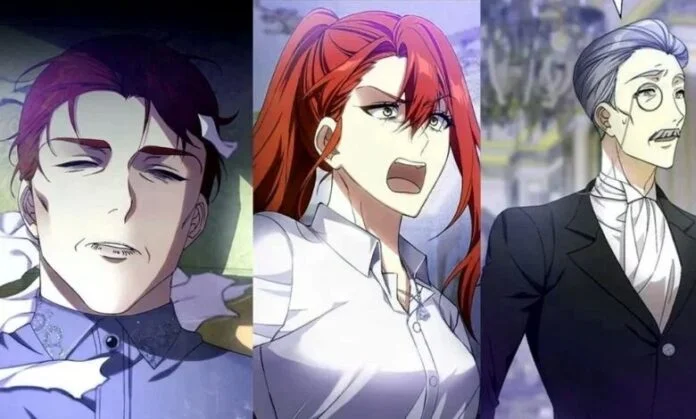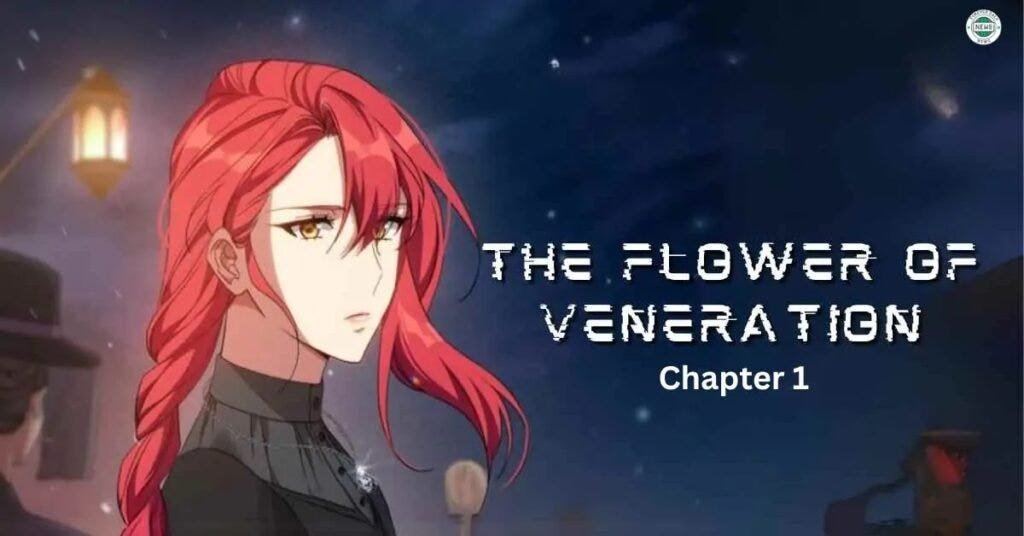Introduction
The Flower of Veneration Chapter 1: “The Flower of Veneration” is a captivating tale that draws readers into a world of mystery, reverence, and adventure. The first chapter is crucial as it sets the stage for the entire narrative, introducing us to the central characters, themes, and the symbolic flower that weaves through the story like a delicate thread.
The Flower of Veneration Chapter 1
Chapter 1 begins with a gentle yet intriguing introduction to the storyline, immediately capturing the reader’s attention. The scene is meticulously set, painting a vivid picture of the environment and hinting at the rich tapestry of events to come.
Main Characters Introduced
Protagonist Details
The Flower of Veneration Chapter 1: The protagonist is introduced with a blend of mystery and depth. We learn about their background, their current situation, and their initial motivations. This character is crafted with care, designed to evoke empathy and curiosity in the reader.
Supporting Characters
Alongside the protagonist, several supporting characters are introduced. Each one is distinct, with their own quirks and roles that will become more significant as the story unfolds. These characters add layers of complexity and richness to the narrative.
The Mysterious Flower
Description of the Flower
The flower, central to the story, is described with exquisite detail. Its appearance, scent, and unique qualities are vividly portrayed, making it almost tangible to the reader.
Its Significance in the Story
The Flower of Veneration Chapter 1: The flower’s importance is hinted at, suggesting that it holds secrets and powers that will be pivotal to the plot. This early introduction sets the tone for its recurring role throughout the book.
The Setting
Location and Time Period
The story is set in a beautifully crafted world, with a location and time period that enhance the narrative’s mood. Whether it’s a quaint village, a bustling city, or a mystical forest, the setting is brought to life with rich descriptions.
Atmosphere and Mood
The atmosphere is carefully established, with a mood that reflects the themes of reverence and mystery. The setting is not just a backdrop but an active component that influences the characters and the plot.
The Protagonist’s Background
Early Life and Upbringing
The Flower of Veneration Chapter 1: The protagonist’s past is explored, giving readers a glimpse into their formative years. This background helps explain their motivations and the challenges they face.
Initial Challenges Faced
Early struggles are presented, providing a foundation for the character’s development. These challenges are the first hints at the larger obstacles they will encounter.

The Catalyst for Adventure
The Event that Starts the Journey
A significant event triggers the protagonist’s journey. This catalyst is a turning point that propels the story forward, setting the stage for the adventures to come.
Immediate Consequences
The Flower of Veneration Chapter 1: The immediate fallout from this event is explored, showing how it affects the protagonist and their world. These consequences add tension and drive the narrative.
Themes and Motifs
Exploration of Key Themes
Chapter 1 introduces key themes such as reverence, discovery, and personal growth. These themes are woven into the narrative, adding depth and resonance.
Recurring Motifs and Their Meanings
Motifs, like the flower itself, recur throughout the chapter. These elements symbolize deeper meanings and foreshadow future events, enriching the reading experience.
Veneration and Reverence
Cultural Context
The concepts of veneration and reverence are explored within the cultural context of the story. These themes are integral to understanding the characters’ motivations and the plot’s progression.
How These Concepts Shape the Narrative
Reverence for the flower and other elements drives the plot and character actions. This veneration influences decisions, conflicts, and resolutions throughout the chapter.
Symbolism of the Flower
Symbolic Meanings
The Flower of Veneration Chapter 1: The flower symbolizes various themes, from beauty and purity to mystery and power. Its symbolism is multi-layered, adding complexity to the story.
Impact on Characters and Plot
The flower’s symbolism affects characters deeply, shaping their actions and interactions. Its presence is a constant influence on the plot, driving key events and decisions.
Foreshadowing Elements
Hints About Future Events
Chapter 1 is rich with foreshadowing, planting subtle hints about future developments. These elements build anticipation and curiosity, keeping readers engaged.
How These Are Woven into the First Chapter
Foreshadowing is skillfully integrated, not as obvious clues but as subtle suggestions that reward attentive readers. This technique adds depth and intrigue to the narrative.
Conflict Introduction
Main Conflict Set Up
The primary conflict is introduced, establishing the central struggle that will drive the story. This conflict is complex, involving both external challenges and internal dilemmas.
Character Reactions and Developments
Characters react to the emerging conflict in ways that reveal their personalities and growth. These reactions set the stage for their development throughout the book.
Internal vs External Struggles
Protagonist’s Internal Conflicts
Internal conflicts are a significant part of the protagonist’s journey. These struggles add depth to their character, making their journey more relatable and compelling.
External Challenges Faced
External challenges are also prominent, providing the immediate obstacles the protagonist must overcome. These challenges are varied and add excitement to the plot.
Writing Style and Tone
Narrative Style of the Author
The author’s narrative style is engaging and descriptive, drawing readers into the world of the story. The use of vivid language and immersive descriptions enhances the reading experience.
How the Tone Sets the Mood
The tone of Chapter 1 is carefully crafted to set the mood, balancing mystery, reverence, and anticipation. This tone is essential in engaging readers and setting expectations for the story.
Dialogue and Interaction
Key Conversations
Dialogue is used effectively to reveal character traits and advance the plot. Key conversations are memorable and impactful, adding depth to the narrative.
How Dialogue Drives the Story Forward
Dialogue is not just filler; it’s a tool to move the story forward. Through interactions, characters’ relationships and conflicts are developed, making the plot dynamic and engaging.
Chapter 1 Climax
The High Point of the First Chapter
The climax of Chapter 1 is a high point that leaves readers eager for more. It’s a moment of heightened tension and revelation that propels the story into the next chapter.
How It Leaves Readers Wanting More
The climax is crafted to hook readers, creating a sense of anticipation and curiosity about what will happen next. This ensures that readers are invested in continuing the story.
Conclusion
Chapter 1 of “The Flower of Veneration” is a masterful introduction that sets up the story with rich details, intriguing characters, and a mysterious, symbolic flower. It skillfully blends themes of reverence and discovery with foreshadowing and conflict, leaving readers eager to embark on the protagonist’s journey. As the narrative unfolds, the layers of symbolism and the depth of the characters promise a compelling and immersive read.
FAQs
- What is the main theme of Chapter 1? The main theme of Chapter 1 is reverence and veneration, particularly focused on the mysterious flower that symbolizes these concepts.
- Who are the primary characters introduced? The primary characters include the protagonist and several supporting characters, each with distinct personalities and roles that will become more significant as the story progresses.
- How does the flower of veneration influence the story? The flower is central to the plot, symbolizing deeper themes and influencing the actions and motivations of the characters. Its presence drives key events and decisions in the story.
- What are the main conflicts established in Chapter 1? Chapter 1 sets up the main conflict involving both internal struggles of the protagonist and external challenges they must face. These conflicts are intricately tied to the themes of reverence and discovery.
- What writing style is used in the book? The author uses a descriptive and engaging narrative style, with a tone that balances mystery, reverence, and anticipation. Dialogue is used effectively to drive the story forward and develop characters.




